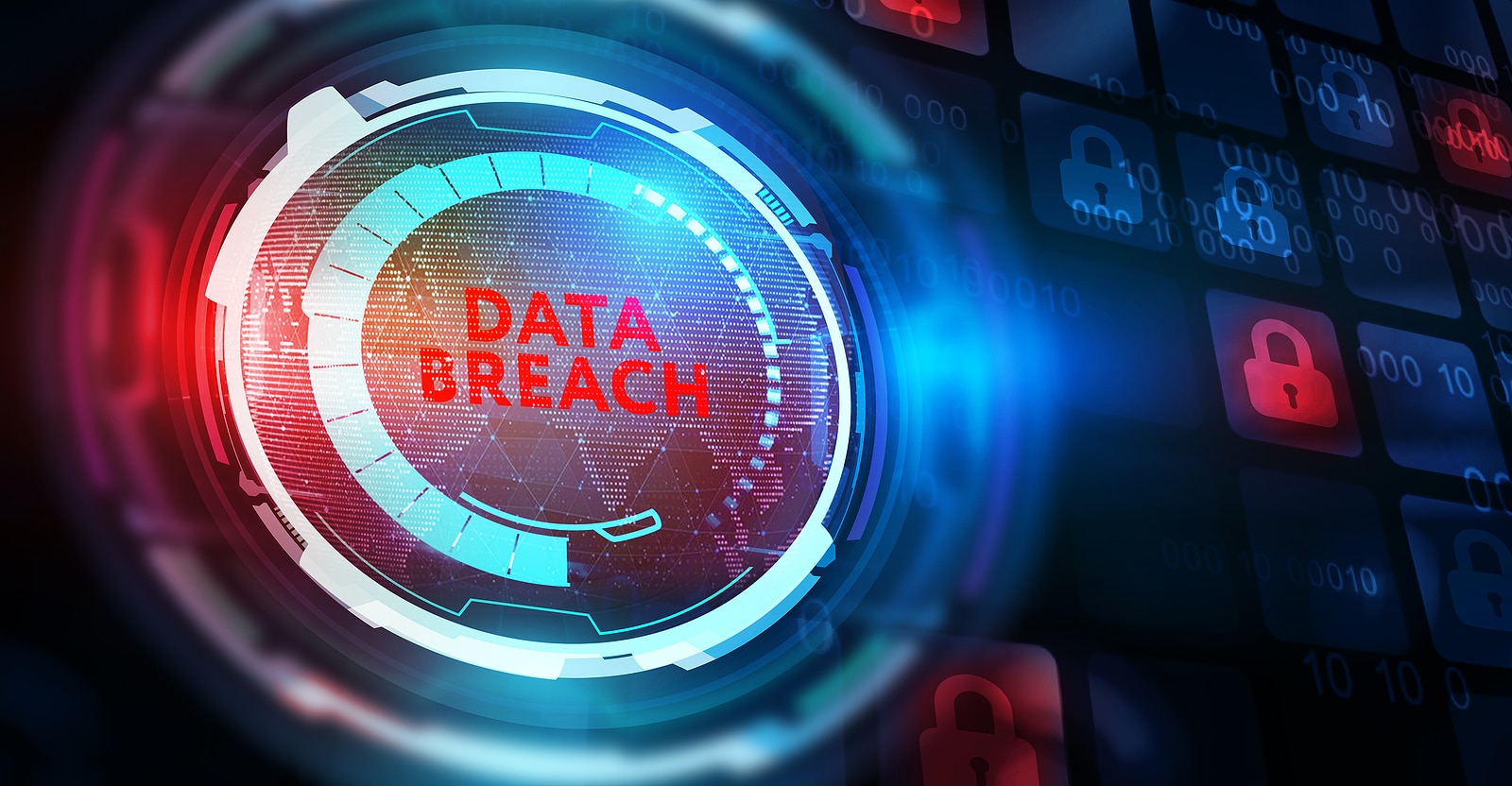How Proper Information Destruction Adds to Robust Computer System Protection Providers and Mitigates Dangers of Data Violations
In today's electronic landscape, the importance of correct information destruction can not be overemphasized, as it acts as a fundamental element of comprehensive computer system security solutions. By implementing efficient information erasure methods, organizations not just shield delicate info from unapproved gain access to yet also reinforce their conformity with governing frameworks - data destruction. Nevertheless, the implications of poor information destruction prolong beyond mere conformity; they can profoundly influence a company's cybersecurity stance and reputation. Understanding these dimensions raises vital questions concerning the practices in place and their effectiveness in an age of rising cyber hazards.
Value of Information Devastation
In today's digital landscape, the relevance of information destruction can not be overstated. As companies progressively rely upon digital possessions, the potential risks connected with data violations and unauthorized access amplify. Effective information damage is an important part of a detailed information protection method, protecting delicate information from falling right into the hands of harmful actors.
When information is no much longer needed, merely deleting documents or formatting hard disks is inadequate. Recurring information can usually be recovered using easily available devices, posturing considerable risks to both people and organizations. This highlights the need for robust information devastation methods that make certain all data is irretrievably erased.
In addition, regulatory conformity mandates, such as GDPR and HIPAA, emphasize the commitment to safeguard sensitive data, including its proper disposal. Non-compliance can result in serious monetary charges and lawful consequences. data destruction. Thus, integrating reliable data destruction protocols not just enhances security but likewise fortifies an organization's track record and dependability

Approaches of Secure Data Erasure
A number of effective approaches of secure data erasure can be used to make certain that delicate information is completely removed from storage gadgets. One commonly recognized technique is information overwriting, which involves changing existing data with arbitrary patterns several times. This method considerably reduces the chances of data recovery, although it might not work against innovative forensic methods.

Physical devastation is additionally a reputable method, where storage gadgets are provided pointless through shredding, crushing, or incineration. This technique guarantees that information can not be recouped by any kind of methods but needs cautious handling of hazardous products.
Lastly, specialized software tools designed for protected information erasure give performances that follow various erasure standards. These devices typically include attributes like verification processes to confirm successful information damage.
Employing these techniques in mix can boost information security and reduce the dangers related to information breaches, guaranteeing that delicate information is not inadvertently revealed.
Legal and Conformity Factors To Consider
The techniques employed for safe and secure data erasure not only offer to shield sensitive info however likewise must line up with legal and conformity frameworks regulating information security. Organizations are needed to adhere to numerous guidelines, such as the General Data Protection Law (GDPR), the Wellness Insurance Policy Mobility and Accountability Act (HIPAA), and the Payment Card Industry Information Protection Standard (PCI DSS) These guidelines mandate specific procedures for information managing and damage, guaranteeing that delicate and personal information is irretrievably erased when no more needed.
Failing to follow these lawful needs can lead to considerable fines, including fines and reputational damage. In addition, organizations need to preserve documents of information destruction procedures, showing compliance throughout audits or examinations. This documents not just safeguards against legal effects however additionally reinforces count on with stakeholders and clients, showcasing a commitment to data safety.
Integrating legal and conformity factors to consider into information devastation techniques is necessary for any company. It lessens the threat of information violations and shows an aggressive strategy to guarding delicate information, eventually promoting a culture of safety and responsibility throughout the company.
Effect on Cybersecurity Pose
Effective data damage dramatically improves a company's cybersecurity stance by minimizing the possible assault surface wikipedia reference area for cyber dangers. When delicate data is not effectively destroyed, it continues to be available to destructive actors who can manipulate this info for unauthorized access, identification theft, or business espionage. By applying durable data destruction methods, organizations can effectively decrease the risk of data breaches and boost their total safety framework.
In addition, the safe disposal of obsolete or unneeded information not just secures sensitive information but additionally assists organizations adhere to sector regulations and criteria. Failure to effectively destroy data can bring about severe legal effects and reputational damages, further compromising an organization's cybersecurity position.

Inevitably, prioritizing reliable data devastation is necessary for promoting a durable cybersecurity posture, making sure that organizations remain cautious versus advancing cyber dangers while safeguarding their essential assets and stakeholders.
Best Practices for Organizations
Executing best techniques for data damage is crucial for companies aiming to safeguard sensitive information and alleviate cybersecurity dangers. Companies must develop a detailed information damage policy that lays out obligations and treatments. This policy ought to abide by appropriate laws, such as GDPR or HIPAA, making sure legal consistency.
Second of all, it is crucial to utilize authorized information sanitization techniques, consisting of data wiping, degaussing, and physical damage, customized to the kind of information and storage tool. Utilizing qualified experts for data destruction solutions enhances the dependability of these methods.
Furthermore, organizations ought to maintain a detailed inventory of all data storage devices, guaranteeing that all outdated or replaced equipment undergoes devastation. Routine audits of information damage practices can aid boost and identify weak points compliance.
Worker training is one more critical element, as team should comprehend the value of information devastation and stick to established protocols. Companies need to record all data devastation activities to give responsibility and traceability, which can be very useful throughout audits or in the event of a breach.
Verdict

One widely acknowledged technique is information overwriting, which includes changing existing information with arbitrary patterns numerous times.The approaches employed for protected data erasure not just offer to protect delicate info but also must line up with lawful and conformity structures controling information protection. These policies mandate details protocols for information taking care of and destruction, ensuring that delicate and personal data is irretrievably removed when no longer required.
By executing durable data devastation procedures, companies can efficiently reduce the risk of data breaches and improve their total protection framework.
In conclusion, appropriate data destruction is necessary for enhancing computer security services and alleviating the threats connected with data violations. - data destruction